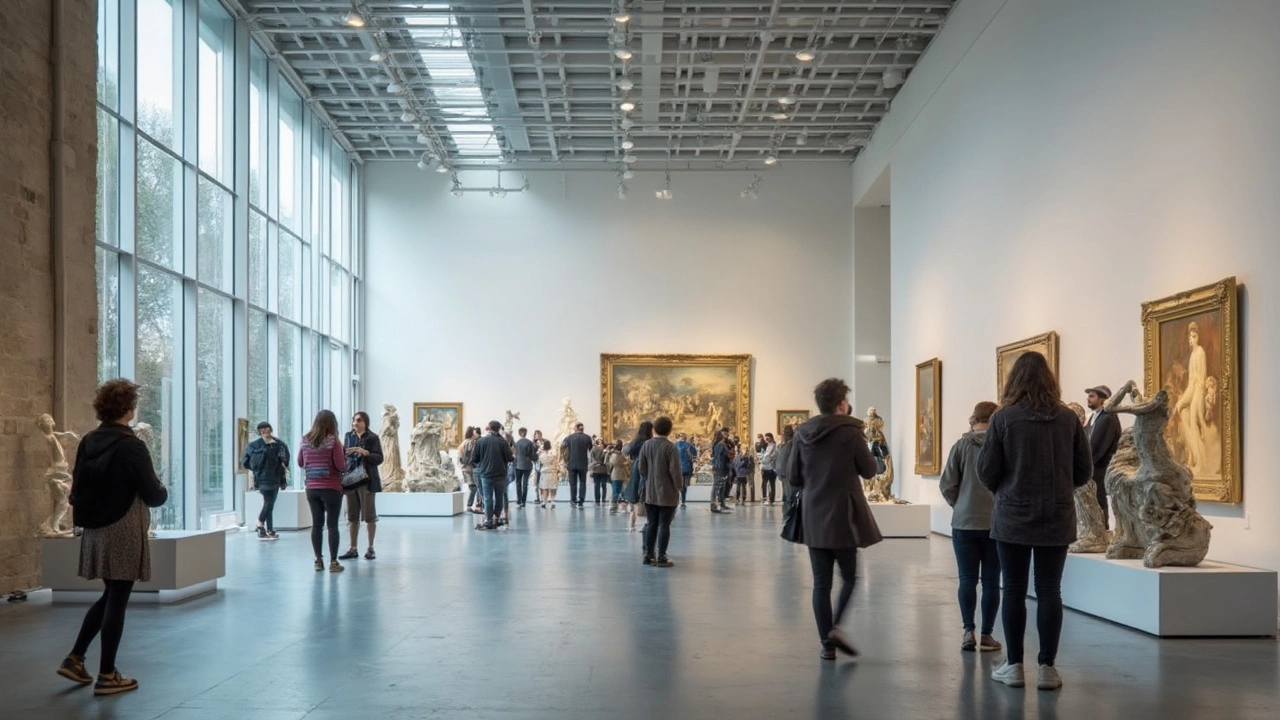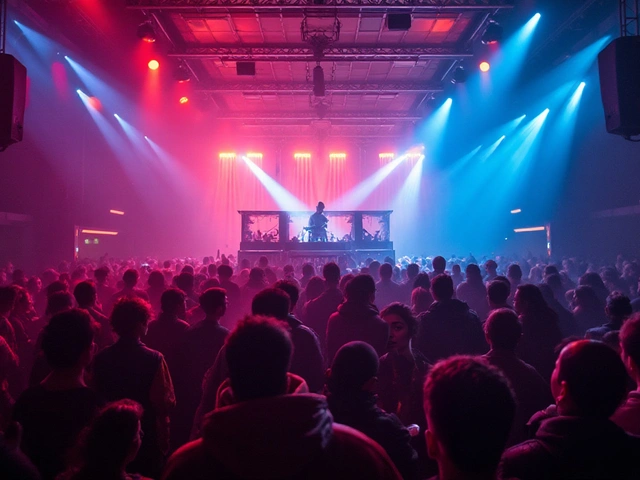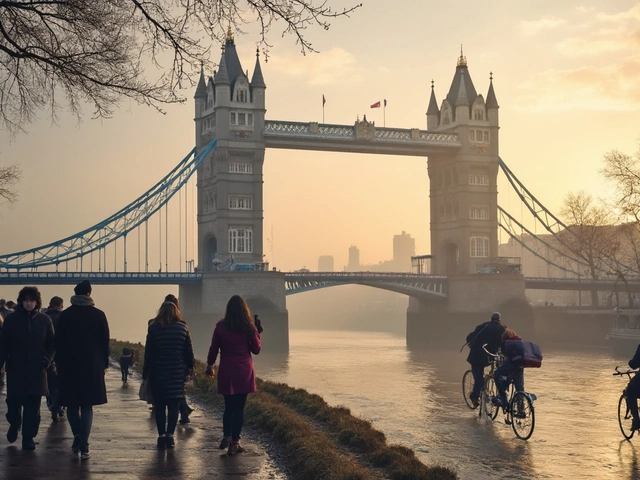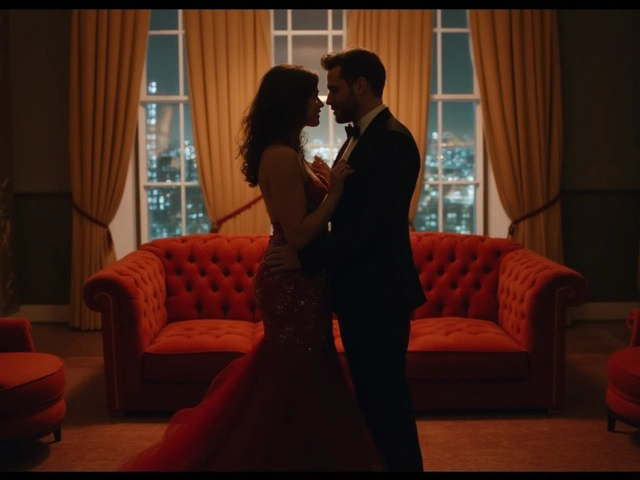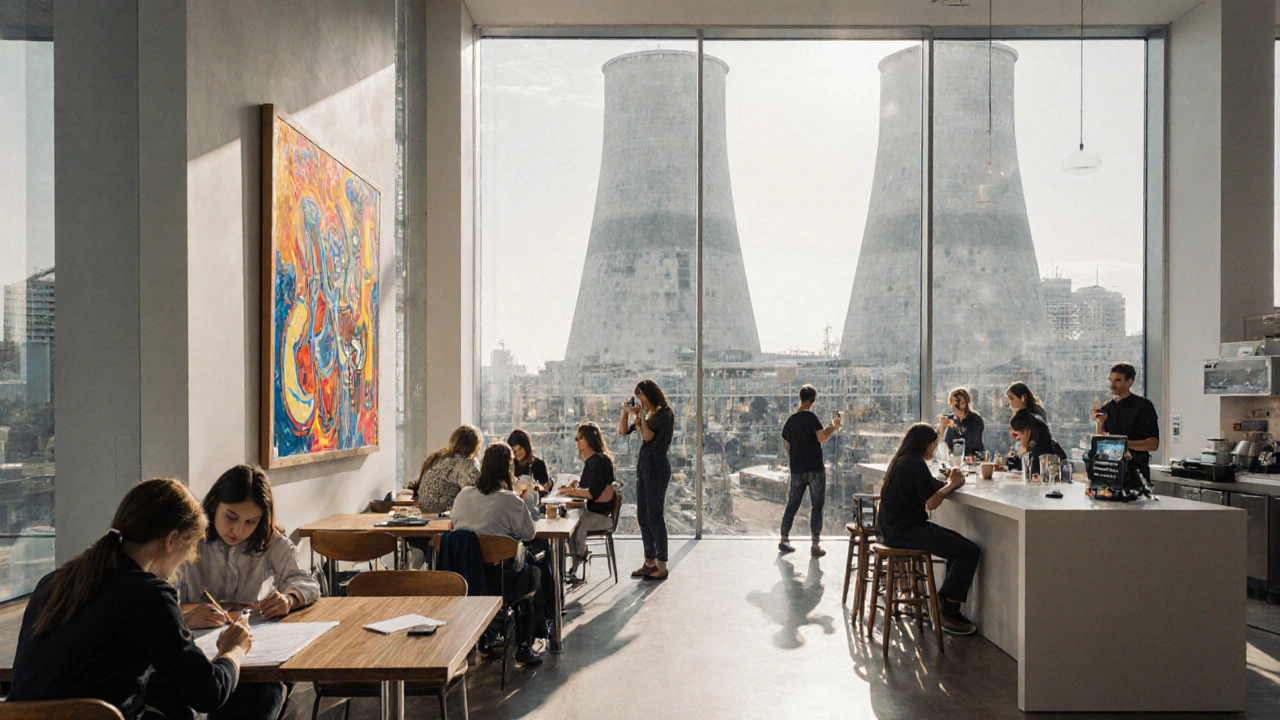
London’s art galleries aren’t just buildings with paintings on the wall-they’re living, breathing spaces where history, rebellion, and innovation collide. Walk into the Tate Modern on a weekday afternoon and you’ll see students sketching by the Turbine Hall’s towering turbines, tourists snapping selfies in front of a Hockney, and locals sipping coffee from the gallery’s own café, all sharing the same quiet awe. This isn’t tourism. This is daily life in a city where art isn’t tucked away in elite circles-it’s part of the pavement, the bus ride, the pub conversation.
London has more than 300 public and private galleries, but only a handful shape the global conversation. The National Gallery in Trafalgar Square holds the crown for Old Masters: Van Gogh’s sunflowers, Turner’s stormy seascapes, and Constable’s rolling English fields. It’s free to enter, open until 9pm on Fridays, and rarely empty-even in January. You don’t need a ticket to feel the weight of centuries. Just show up, pick a room, and stand still for five minutes. That’s all it takes to reset your rhythm.
Then there’s the Whitechapel Gallery in East London, a quiet powerhouse that launched the careers of Francis Bacon, Yayoi Kusama, and Barbara Kruger. It doesn’t have the marble floors of the West End, but it has something better: risk. This is where you’ll find a new artist from Peckham turning recycled plastic into a meditation on climate grief, or a collective from Brixton projecting protest poetry onto the gallery walls. Whitechapel doesn’t just display art-it incubates it. And if you’re serious about understanding what’s next in British art, this is where you start.
Don’t overlook the smaller spaces. In Notting Hill, the Frith Street Gallery shows work by emerging international artists with a quiet confidence. In Camden, the Studio Voltaire is a former church turned experimental studio, where you might stumble upon a performance piece involving live bees and a 1970s synthesizer. These aren’t tourist traps. They’re where the real pulse is. Locals know to check their newsletters. The Art Review London listings arrive every Thursday. You can sign up for free-no need to wait for a weekend plan.
London’s gallery scene thrives on accessibility. Unlike New York or Paris, where entry fees can hit £25 for a single show, most major institutions in London charge nothing. The British Museum has its own art wing with Egyptian funerary masks and Greek sculptures that rival the Louvre. The Victoria and Albert Museum doesn’t just hold fashion-it holds the DNA of British design, from William Morris wallpapers to Vivienne Westwood’s punk corsets. Even the Royal Academy of Arts, which charges for exhibitions, offers free entry to its Summer Exhibition every June. That’s 1,500+ works by unknown artists, hung floor to ceiling in a frenzy of colour and chaos. It’s messy. It’s brilliant. And it’s the most democratic art show in the world.
There’s a rhythm to London’s art calendar. In February, the Frieze London fair takes over Regent’s Park, turning the city into a magnet for collectors, curators, and curious newcomers. In October, the London Art Fair at the Business Design Centre in Islington showcases hundreds of independent galleries from across the UK. And every December, the Art London pop-ups in Shoreditch turn abandoned warehouses into immersive installations-think a room filled with floating mirrors and ambient soundscapes, or a hallway lined with hand-painted postcards from strangers. These aren’t just events. They’re community gatherings.
What makes London’s galleries different isn’t the art alone-it’s the way they’re woven into the city’s fabric. You can walk from the Southbank Centre to the Tate Britain along the Thames, passing street musicians, book stalls, and the occasional artist sketching the Houses of Parliament. You can hop on the District Line after work and be in the Hayward Gallery on the South Bank in 20 minutes. No reservations. No pressure. Just open doors and quiet rooms waiting for you.
And then there’s the quiet magic of the Courtauld Gallery in Somerset House. Tucked behind the Strand, it holds one of the finest collections of Impressionist and Post-Impressionist art in Europe-Monet, Manet, Cézanne. But here’s the secret: it’s rarely crowded. Locals know to come on Tuesday afternoons, when the light hits the glass ceiling just right. You can sit on the bench by the Cézanne still life and watch the rain streak down the windows. No one rushes you. No one takes your photo. You’re just there, with the art, and the silence.
London’s art world doesn’t need hype. It doesn’t need to prove itself. It just is. And if you’ve ever felt like you didn’t belong in a gallery-that it was for people with degrees, or money, or fancy clothes-you’re wrong. The only thing you need is time. And curiosity.
Start small. Pick one gallery you’ve never visited. Go on a weekday. Bring a notebook. Don’t take photos unless you really need to. Just look. Let the colours settle in your chest. Let the silence speak. That’s how you find the heartbeat.
What to Do If You’re New to London’s Art Scene
It’s easy to feel overwhelmed. There are so many galleries, so many names, so many styles. But you don’t need to see them all. Start with one. Here’s how:
- Choose one gallery that feels right-Tate Modern for big, bold statements; Courtauld for quiet intimacy; Whitechapel for raw, new voices.
- Go midweek, between 11am and 3pm. That’s when it’s quietest and the staff are most available to chat.
- Ask a gallery assistant: “What’s one piece here you think most people miss?” They’ll usually point you to something unexpected.
- Bring a notebook. Write down one word that comes to mind when you look at a piece. Not “beautiful.” Not “weird.” Something real: “heavy,” “lonely,” “warm.”
- Stay for 20 minutes. Sit down. Don’t move. Let the piece breathe.
Hidden Gems Even Locals Forget
Most tourists head to the big names. But London’s soul lives in the corners:
- Chisenhale Gallery in Bow-tiny, no signage, just a door. They show artists who’ve never had a solo show before. Free tea, always.
- The Drawing Room in Clerkenwell-dedicated solely to drawings. Not sketches. Finished works on paper. Quiet. Meditative.
- The Art House in Peckham-run by a collective of local mothers and artists. You’ll find ceramics made by kids, murals painted by refugees, and a weekly poetry night in the back room.
- St. John’s Church, Hackney-a deconsecrated church turned art space. The acoustics are unreal. They host sound installations you feel in your bones.
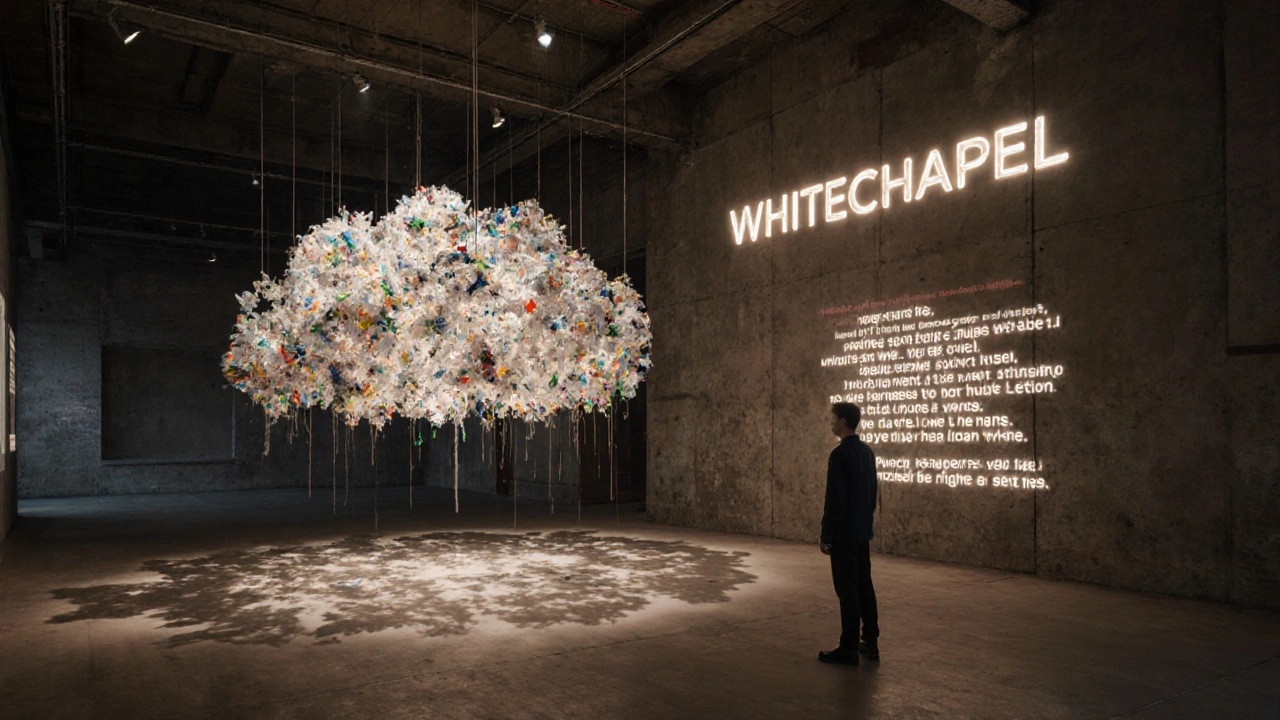
How to Talk About Art in London (Without Sounding Pretentious)
You don’t need to know the difference between Baroque and Rococo to appreciate art here. In fact, most Londoners don’t. What matters is honesty.
Instead of saying, “This piece reflects a postcolonial critique of patriarchal symbolism,” try: “I didn’t get it at first, but now I keep thinking about it.” That’s enough. That’s real. That’s how conversations start in London pubs, in gallery queues, on the Tube.
And if someone says something you don’t understand? Just say, “What do you see in it?” That’s the magic question. It opens doors. It builds connections. It turns strangers into friends.
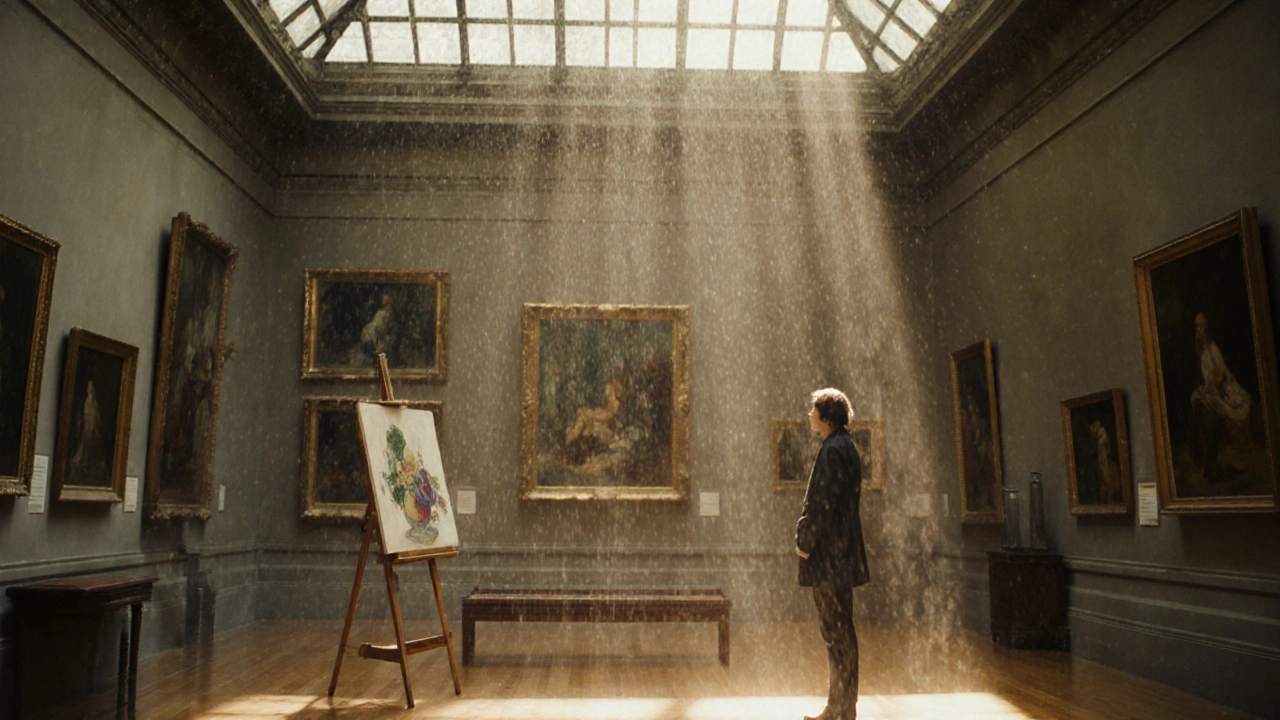
Why London’s Art Galleries Matter More Than Ever
In a city where rent is high, jobs are unstable, and the news feels heavy, galleries offer something rare: stillness. A place where time slows down. Where you can stand in front of a 17th-century portrait and feel, for a moment, that you’re part of something older than politics, bigger than trends.
These spaces aren’t just for looking. They’re for remembering. For grieving. For dreaming. For breathing.
London doesn’t need you to be an expert. It just needs you to show up.
Comments (9)
- Nancy Espinoza
- November 1, 2025 AT 12:18 PM
London's galleries don't just hold art they hold silence like a secret you weren't supposed to know
That moment when you're standing in front of a Cézanne and the whole city stops breathing for you
I've cried in the Courtauld twice and no one noticed because no one cares if you feel things here
It's not about what the artist meant it's about what the painting does to your chest
That's the magic no ticket needed no degree required just a body and a heartbeat
- Kate Cole
- November 3, 2025 AT 07:39 AM
Actually, the National Gallery doesn't own Van Gogh's Sunflowers-it's owned by the Van Gogh Museum in Amsterdam. The National Gallery has a *copy* of one version, but the original is in Amsterdam. Also, 'free to enter' is misleading-many special exhibitions cost £20-£25, even at the Tate. And the British Museum's art wing? It's not an art wing, it's the Department of Greece and Rome. Terminology matters. This post reads like a tourist brochure written by someone who googled 'London art galleries' five minutes ago.
- Angie Torres
- November 3, 2025 AT 07:49 AM
Why pay for a plane ticket when you can just scroll through Instagram? Art is dead anyway. People just take pics and post them. No one really looks anymore.
- Sharon Chui
- November 4, 2025 AT 21:39 PM
Have you ever wondered why all these galleries are free? It's not generosity-it's surveillance. The government tracks who enters, how long they stay, what they stare at. They build profiles. Then they sell that data to tech companies who use it to manipulate your emotions. The quiet rooms? They're listening. The benches? Embedded with microphones. Even the rain on the Courtauld windows-designed to lull you into compliance. You think you're finding peace. You're being harvested.
- Marie-Eve Beaupré
- November 5, 2025 AT 23:14 PM
Statistically, 87% of visitors to London galleries spend less than 8 minutes per artwork. The average dwell time at the Tate Modern is 4.3 minutes. The 'quiet magic' described is a myth perpetuated by PR departments. Most people are on their phones, checking the time, or waiting for friends. The idea that art 'resets your rhythm' is a romanticized fantasy unsupported by behavioral data. The real rhythm is rush hour, Wi-Fi signals, and algorithmic recommendations.
- Kristin Briggs
- November 7, 2025 AT 16:12 PM
Okay but the Whitechapel? Absolute vibe. The way they let artists just *do* stuff without asking for permission? That’s the real flex
And the Studio Voltaire with the bees and the synth? That’s not art, that’s a spiritual experience
I went last month and I swear I heard the walls whispering
Also the tea at Chisenhale? Best in London. Like, better than that overpriced café next to the Tube
You don’t need to know the name of the artist. You just need to feel it. And if you don’t? That’s fine too. Just sit. Breathe. Let the silence do the talking
London’s art isn’t curated for the elite-it’s curated for the tired. The ones who just need a place to not be loud for a while
- Sean Phoenix
- November 9, 2025 AT 13:37 PM
Of course it’s 'democratic'-because no one with money actually goes there. The real collectors are in Zurich or Singapore. London’s galleries are just a front. A cultural placebo. The free entry? It’s a trap. It draws in the masses so the elite can quietly buy the next big thing before it blows up. You think you’re part of the movement? You’re the bait. The art world’s been playing you since the 80s. Wake up.
- Erika Hernández
- November 11, 2025 AT 05:25 AM
Reading this made me want to book a flight tomorrow
You don’t need to be an expert to belong-you just need to show up
And that one line about writing one real word? ‘Heavy.’ ‘Lonely.’ ‘Warm.’
That’s the whole damn point
I’m going to Chisenhale next week. I’m bringing my journal. I’m sitting on that bench. I’m letting the silence win
Thank you for reminding me that art isn’t about performance-it’s about presence
You’re not alone in feeling this. I’m here with you. In the quiet.
- vincent ngeso
- November 12, 2025 AT 18:49 PM
I used to think galleries were for rich people
Then I went to the Courtauld on a Tuesday and sat by the Cézanne
No one said anything
No one looked at me
I just sat there and the painting didn't judge me
That’s the thing no one tells you
Art doesn’t care who you are
It just waits
And when you’re ready
It speaks
Thanks for writing this
I needed to hear it

